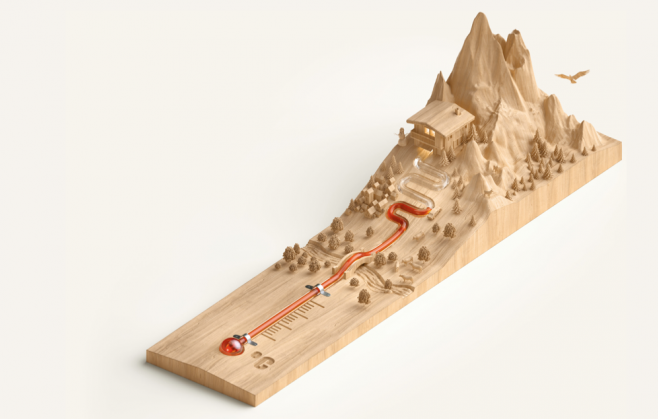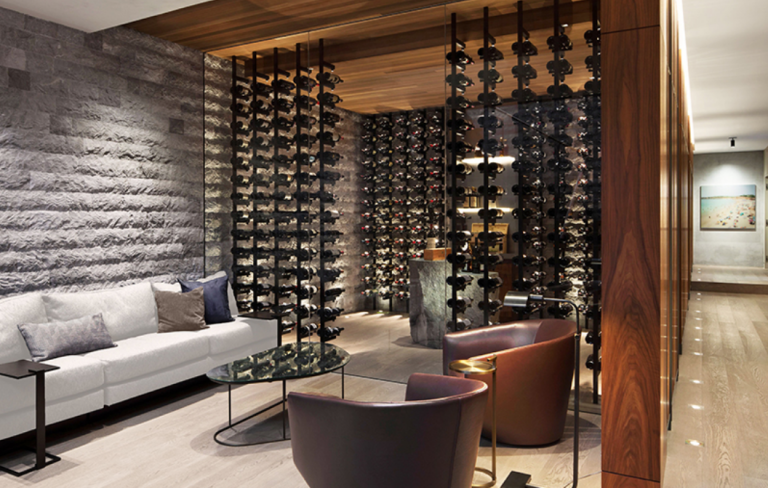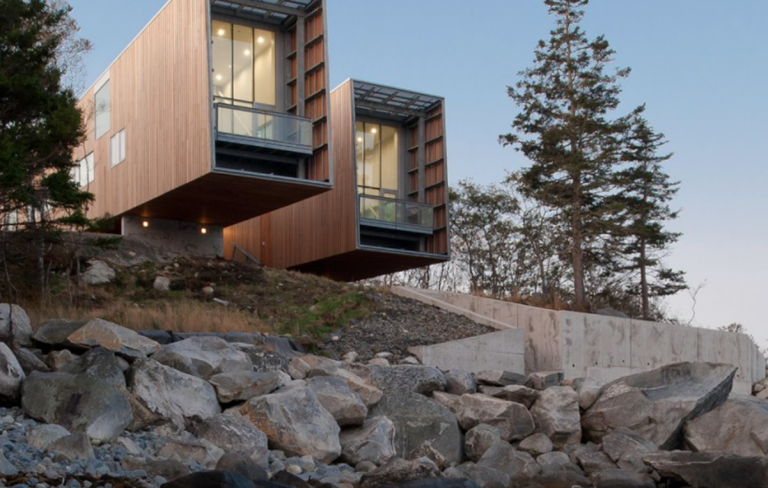Untouched wilderness is something many would like to leave untouched. Nevertheless, there are outstanding examples of how good architectural solutions are possible even in such sensitive environments: hidden under earth and grass, behind trees and bushes or as eccentric quotations of their habitat.
In its latest newsletter, baunetz interior|design shows six examples of daring architecture in the wilderness.
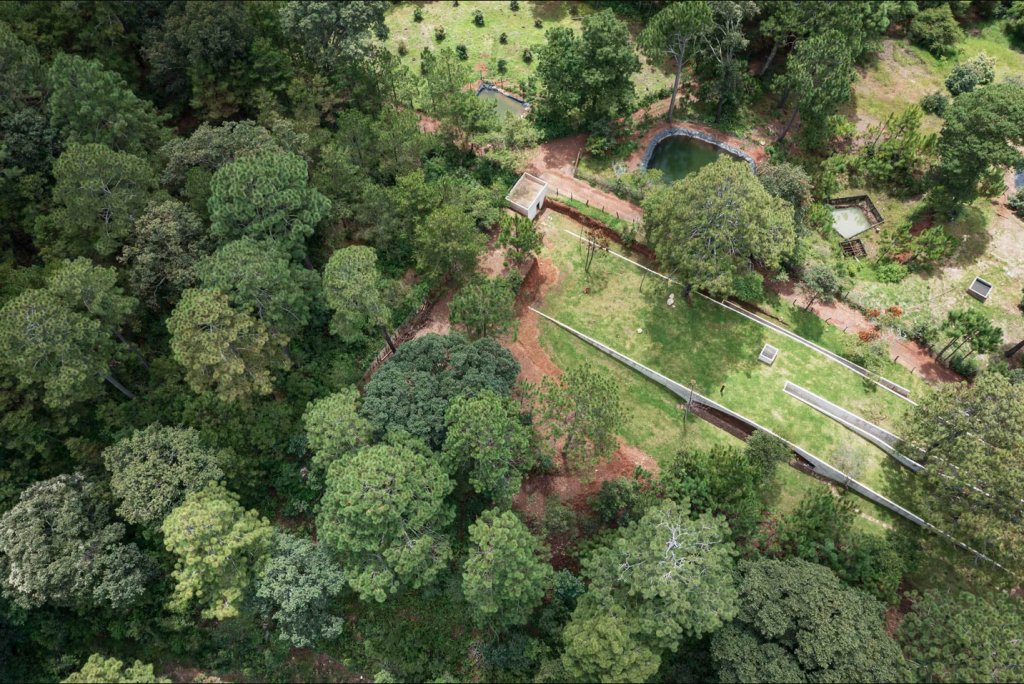
Photo: Dane Alonso
The house in the hill proves that with a green roof you can become part of the spectacular landscape near the city of Morelia in Mexico. A bedspread pulled over the head served HW Studio as inspiration for the project “The Hill in Front of the Glen”, writes the baunetz editorial team. Already the way into the refuge is like a spiritual ritual. Inside, a modern cave made of concrete, wood and steel awaits.
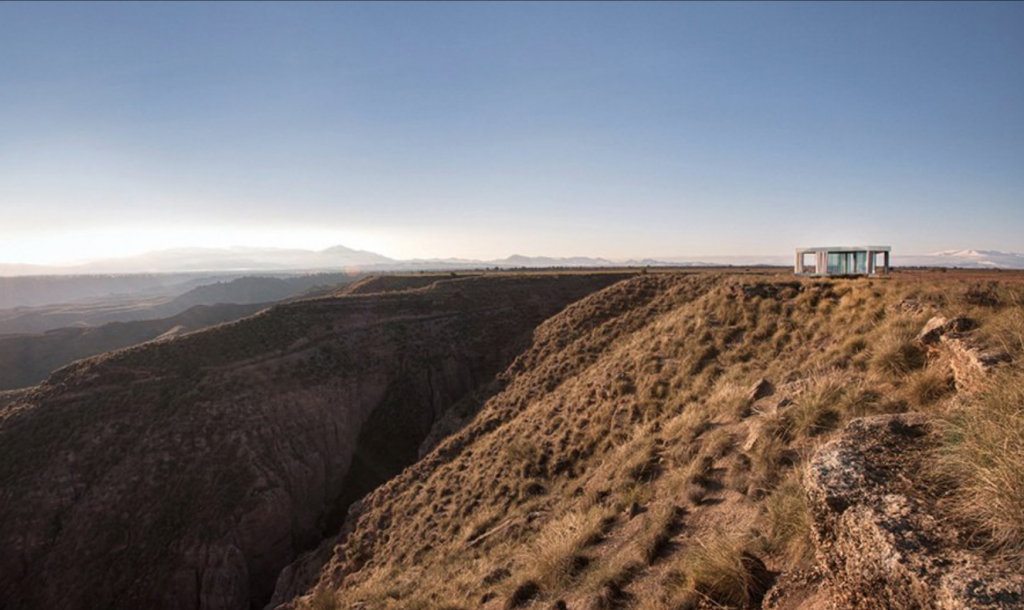
baunetz writes: Unobstructed view of a breathtaking landscape: the Glass House in the Andalusian desert. Photo: Gonzalo Bltet/José Navarrete
In Andalusia, the “Glass House” by Ofis awaits its visitors as a living crystal in the desert. It invites Andalusian nature to come in and protects its inhabitants from climatic extremes.
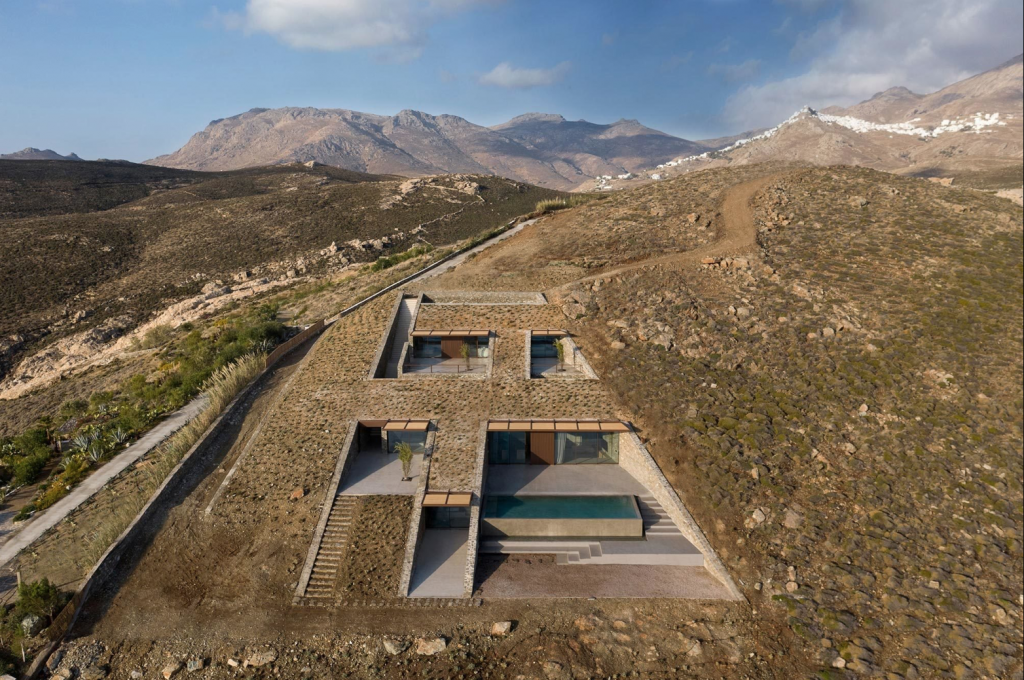
baunetz: Architect Liane Kerestetzi dug the villa into the rocky subsoil so that the original topography was preserved as well as the unobstructed view of the sea. Photo: Yiorgis Yerolymbos
The villa on the Greek island of Serifos, designed by Mold Architects, is a subterranean building with above-ground qualities. The house opens up to the sea on three levels – and uses a striking silhouette from the realm of super sports cars, writes baunetz.
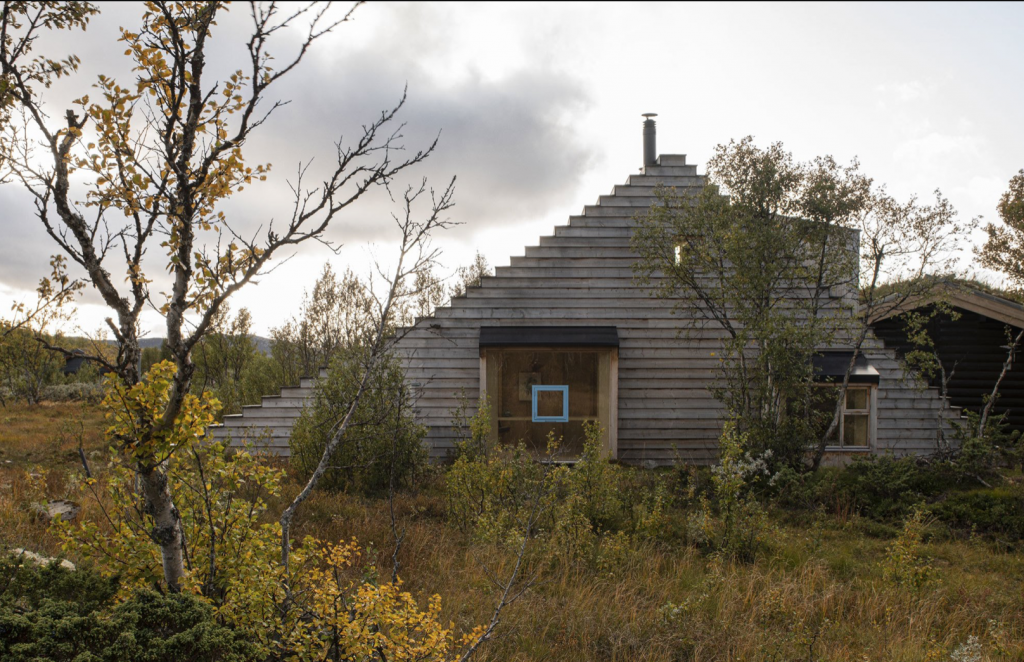
The Staircase House: Cottage with ski jump by Garnerfuglen Arkitekter in Norway. Photo: Yiorgis Yerolymbos
The extension of a traditional log cabin in the Norwegian Hardangervidda National Park planned by Gartnerfuglen Arkitekter is a kind of staircase house. It is a hiking hut and ski jump in one.
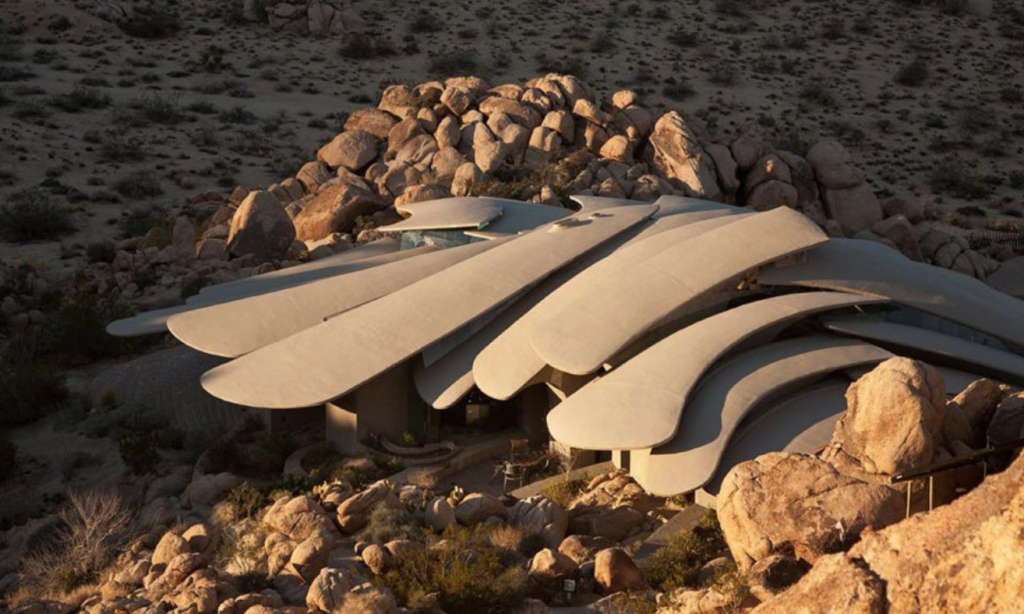
baunetz: Neither the roof nor the walls form homogeneous, self-contained surfaces. They are fanned out into mutually overlapping lamellae like the wings of a bird through which the wind glides. Photo: Lance Gerber/Nuvue Interactive
As an eccentric desert flower, baunetz interior|design describes the organic Joshua Tree home in the Mojave Desert, the masterpiece realised by Californian architect Kendrick Bangs Kellogg.
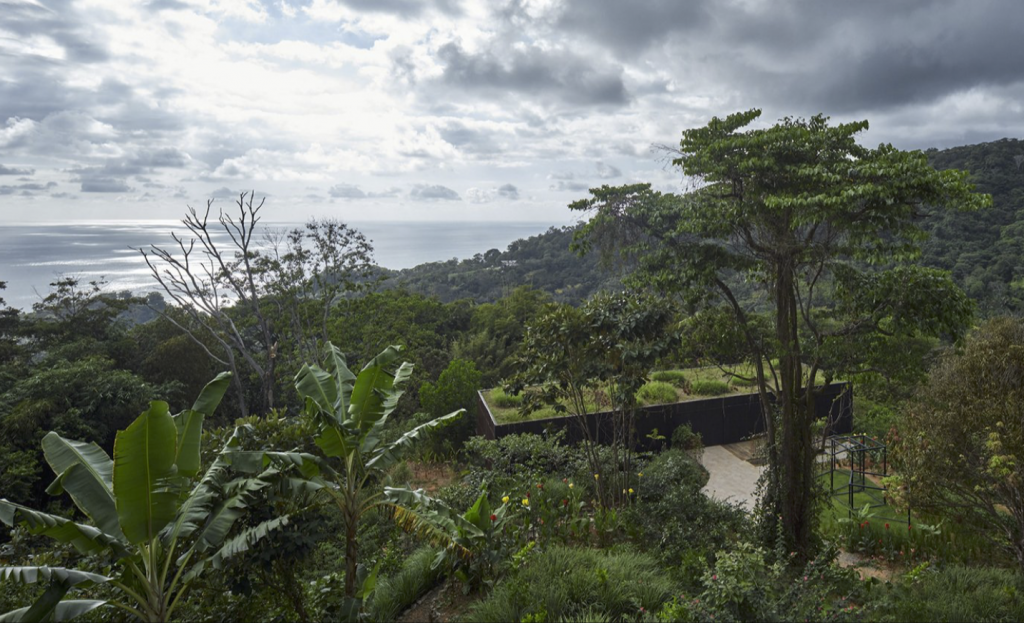
baunetz writes: On one side, a panorama opens up to the ocean; in the back, the green hills of the coastal landscape rise up. Photo: BoysPlayNice
And last but not least, the primal retreat ensemble in the heart of the jungle and near the Pacific coast of Costa Rica – designed by the Czech studio Formafatal – fascinates with its skilful embedding in the tropical nature.
All six projects move skilfully between the recreational and holiday needs of a few and the desire to preserve untouched nature.
